It was a medical trial so secretive that Grace MacDonald couldn’t even tell her mum about it.
“My mother thought I was dying, because I kept disappearing to a hospital in Oldham and she didn’t know why – I think she thought I had cancer,” Grace, from Denny, said.
She was travelling south from her Stirlingshire home because she was attending a pioneering in-vitro fertilisation (IVF) clinic run by medics Patrick Steptoe, Bob Edwards and Jean Purdy in a last-ditch attempt to become a parent.
“The women were sworn to secrecy – we had to sign a letter promising not to divulge anything,” explained Grace.
“That was for our safety, because poor Bob, Patrick and Jeanie had received a lot of opposition from the church and newspapers, and they wanted to protect us.
“I had to keep it to myself. It was my only hope, and I would do anything for this chance to have a family.”
Alastair, a world first for IVF
In January 1979, Grace gave birth to the world’s first baby boy born thanks to IVF.
Little Alastair weighed 5lbs 12oz – the same weight as Louise Brown, the first “test tube baby”, who was born six months earlier.
“When I heard Louise’s mum Lesley was pregnant, I thought how wonderful and I assumed there would be lots of babies on the way, so it came as a shock when I discovered I was having the second,” the retired college lecturer added.
Women desperate to become mums came from all over the UK to Kershaw’s Cottage Hospital in Oldham, where Steptoe, Edwards and Purdy operated a clinic. Their work was regarded as one of the most remarkable medical breakthroughs of the 20th Century.
“I think there were 286 women on the trials,” Grace said.
“I was 247, Lesley was 268. I had a failed first attempt a year earlier, whereas she was lucky in her first attempt. But that’s how many women had gone before me.”
The story of Steptoe, Edwards and Purdy has been dramatised for a new Netflix film released on Friday.
Called Joy, after Louise Brown’s middle name, it shows the years of dogged determination by the medics to make IVF a success.
Grace was interviewed by the screenwriters as part of their research, and she and Alastair, now 45, were invited to the red-carpet premiere in London last month, where they were thanked from the stage by the film’s director and cast.
“I was contacted by Bourn Hall in Cambridgeshire – the IVF clinic that Bob, Patrick and Jeanie set up in 1980 – after the screenwriters, Rachel and Jack, said they would like to interview me. Louise Brown’s parents have passed away, as have Bob, Patrick and Jeanie, so of all the people who knew those three well at that time, I’m the only one left.
“They used a lot of what I told them about Jeanie as the basis for her character in the film. They said without the information I gave them, they wouldn’t have had an insight into what she was like, because she died when she was only 39.
“I’m so happy that at long last they are being recognised – especially Jeanie, who was so shy and unassuming. Bob was the brains, Patrick did the operations, and Jeanie was the glue who kept it all going and was so supportive and understanding.
“I owe all three of them so much, but I feel I owe her the most. She and I became good friends – she stayed at our house when she came up for Alastair’s christening. I don’t think she was ever given the recognition and respect she was due, but she was so important in the development of IVF and I love the way the film shows what a determined person she was.”
Netflix film Joy tells Stirlingshire IVF baby story
Grace admits that while watching the film – which stars Bill Nighy as Steptoe, James Norton as Edwards and Thomasin McKenzie as Jean – she found herself commenting on changes made for dramatic effect.
“Alastair had to keep reminding me it was a dramatisation,” she laughed.
“For example, the film portrays Kershaw’s Cottage Hospital as derelict, but it was a lovely wee place.
Grace learned about the clinical trial by chance. She was visiting a doctor friend in Stirling when she spotted an article about IVF in a copy of The Lancet medical journal. She took a note and made an appointment with her gynaecologist at Stobhill Hospital in Glasgow.
“It was a fluke I found out about it,” she said.
“This was in 1975. I had blocked fallopian tubes and had gone through an operation to try to open them. I went to my doctor at Stobhill, who hadn’t heard about the trial, but he said he would write to Patrick and I should too. I got an appointment in Oldham and Patrick operated on me twice, then accepted me on to the programme.
“I was there from the start of February until mid-March, but it wasn’t successful. It was May 1978 before I went back for my second attempt, as Patrick had been unwell. I’m very grateful it was successful for me.”
Alastair today
Today, systems engineer Alastair is a first officer in the Royal Fleet Auxiliary. He and his mum are best pals, and while it hasn’t happened yet, Grace would love to be a granny one day. She remains in touch with many of the women who went through the IVF trials alongside her, and she describes Edwards, Steptoe and Purdy as being like relatives to Alastair.
“Bob was Alastair’s mentor – they adored each other and were so in tune. We used to go down and stay with him, and we’re close to his daughter,” she added.
“We’re still close with Louise, too. The last batch of girls in Oldham threw a retirement party for Patrick in the summer of 1978 and we signed his card ‘from the Ovum Club’. We all felt like family and I’m glad the film puts that across.”
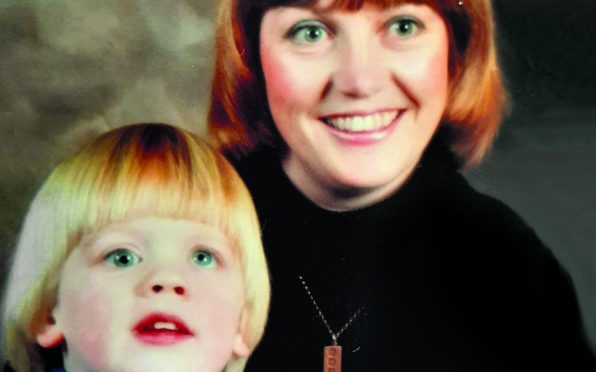
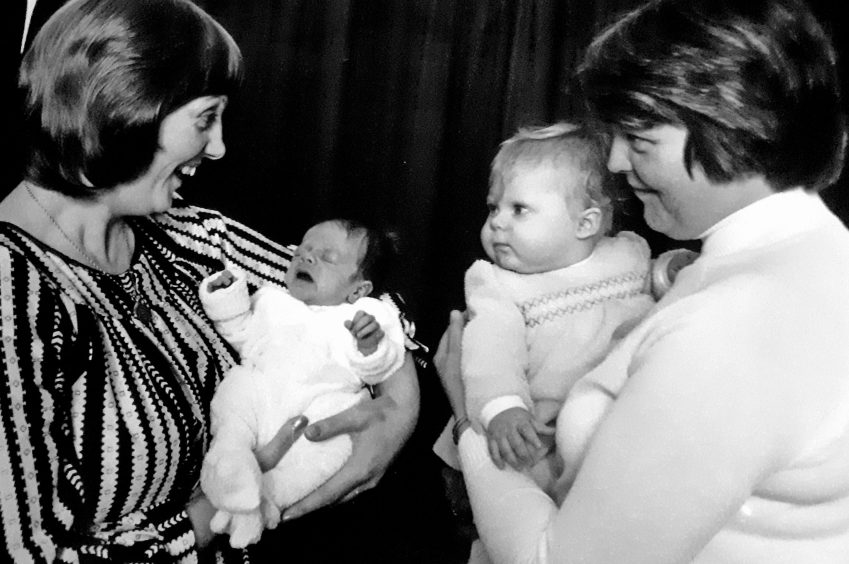
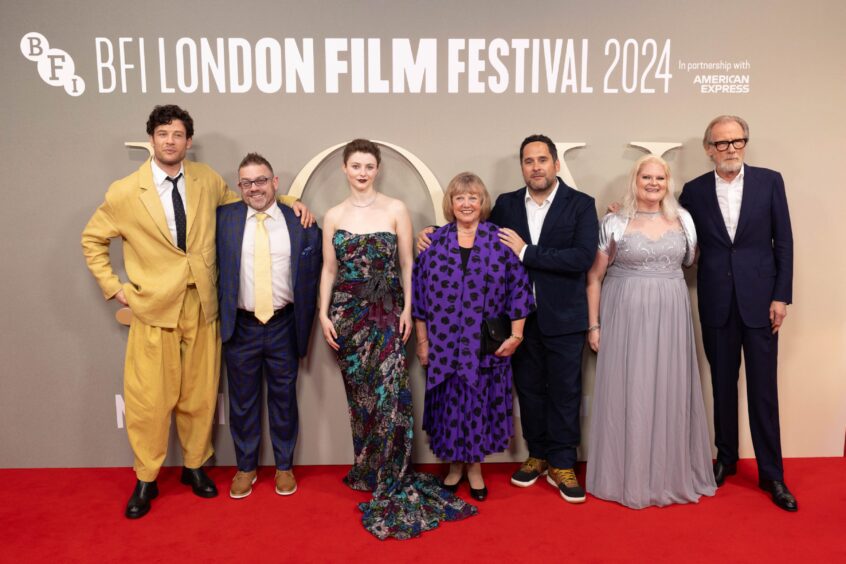
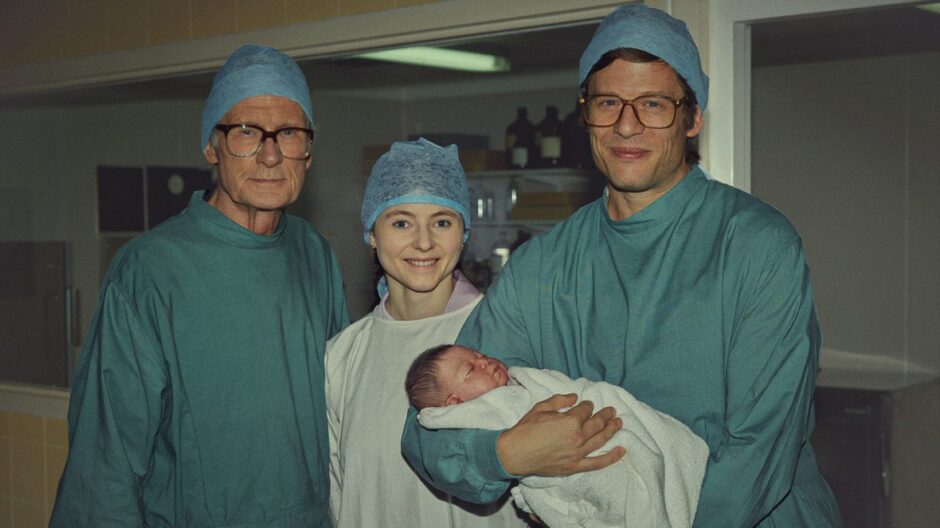
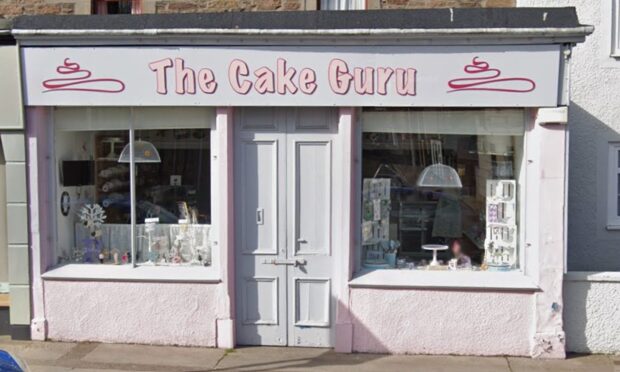
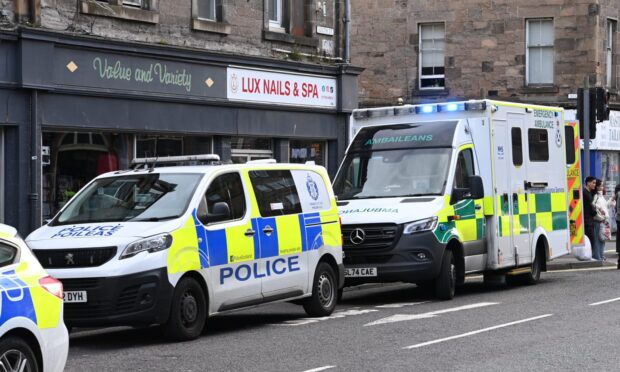
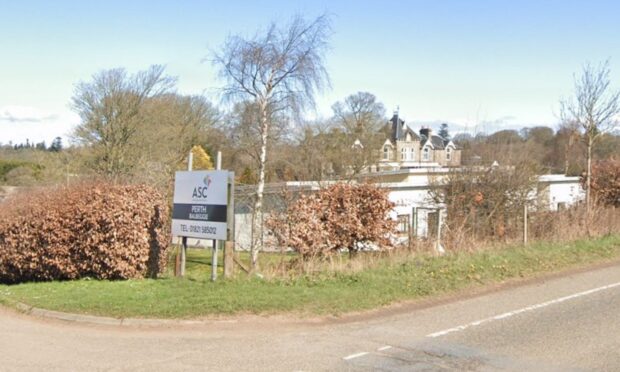
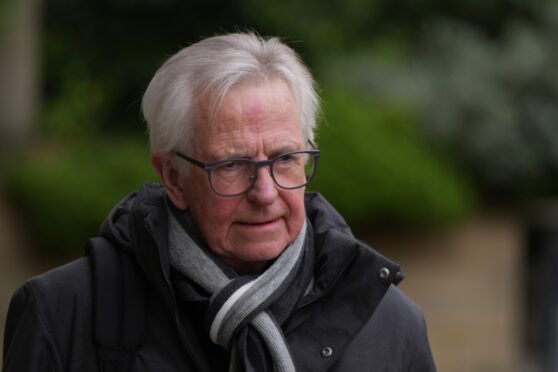

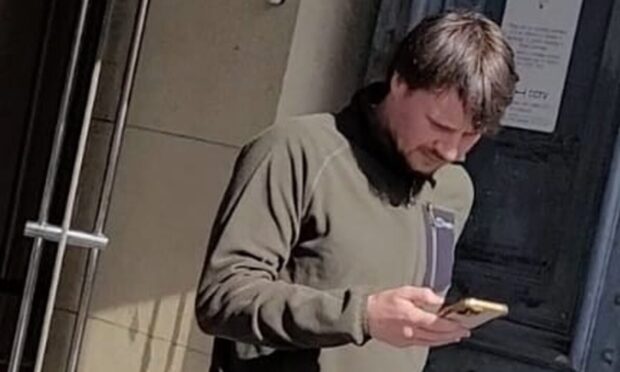
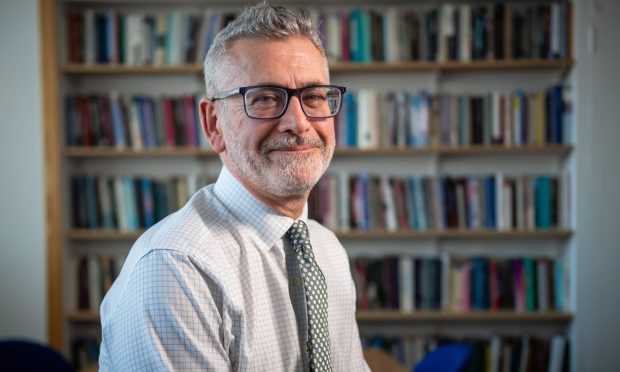
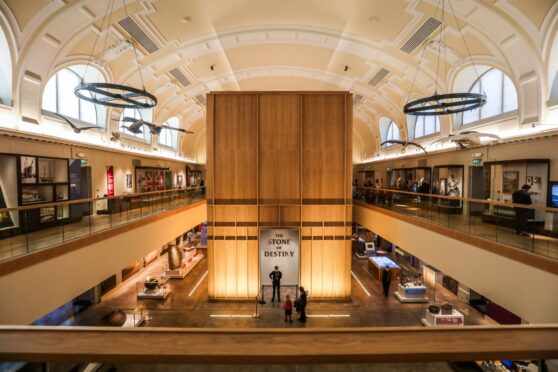
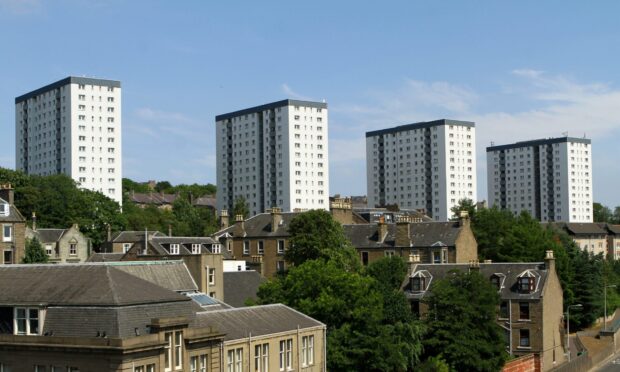
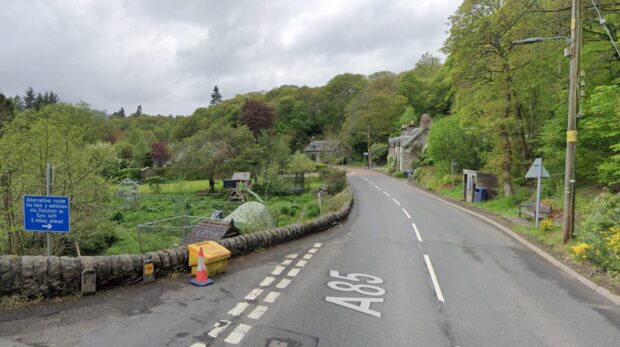
Conversation